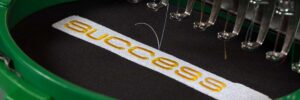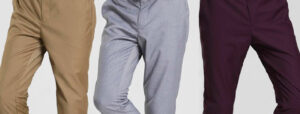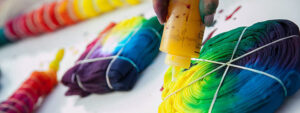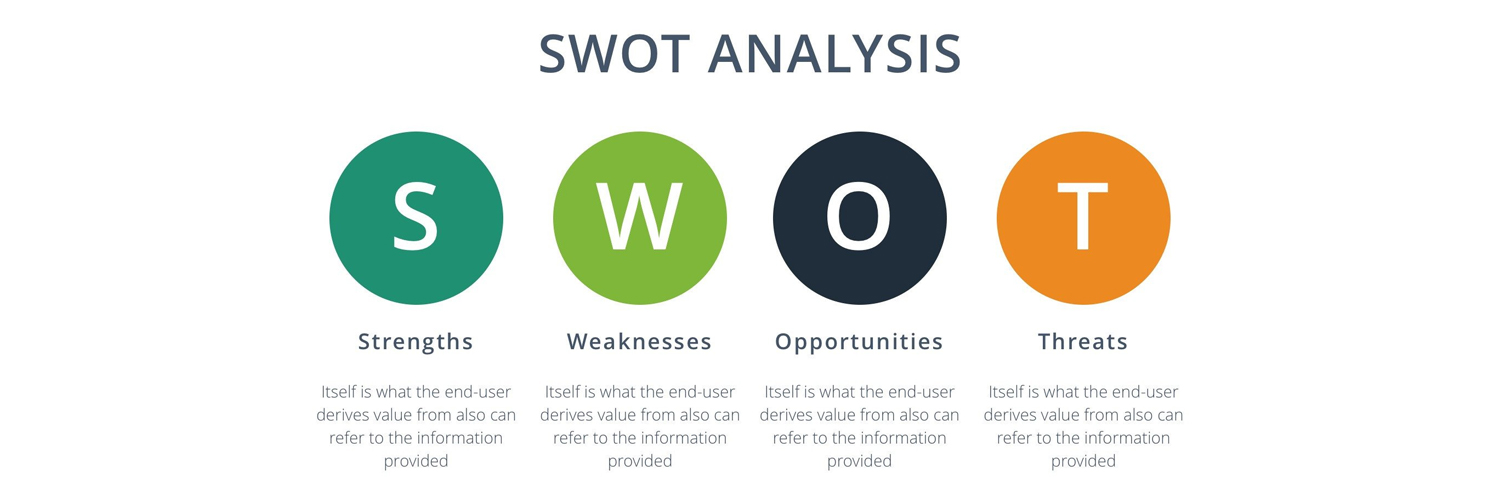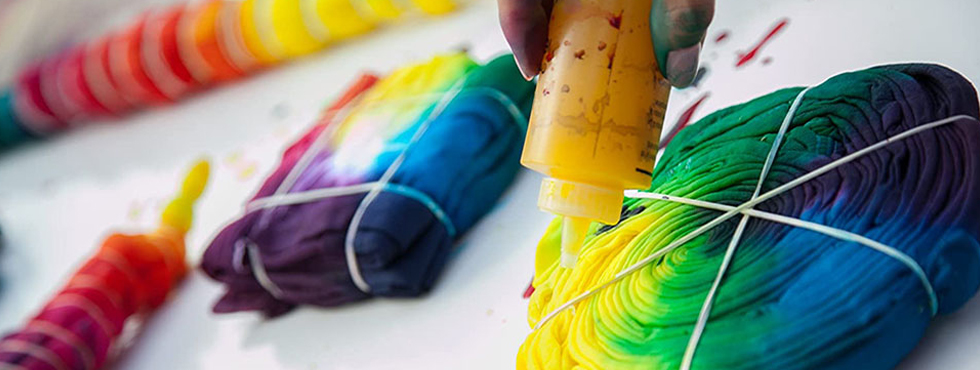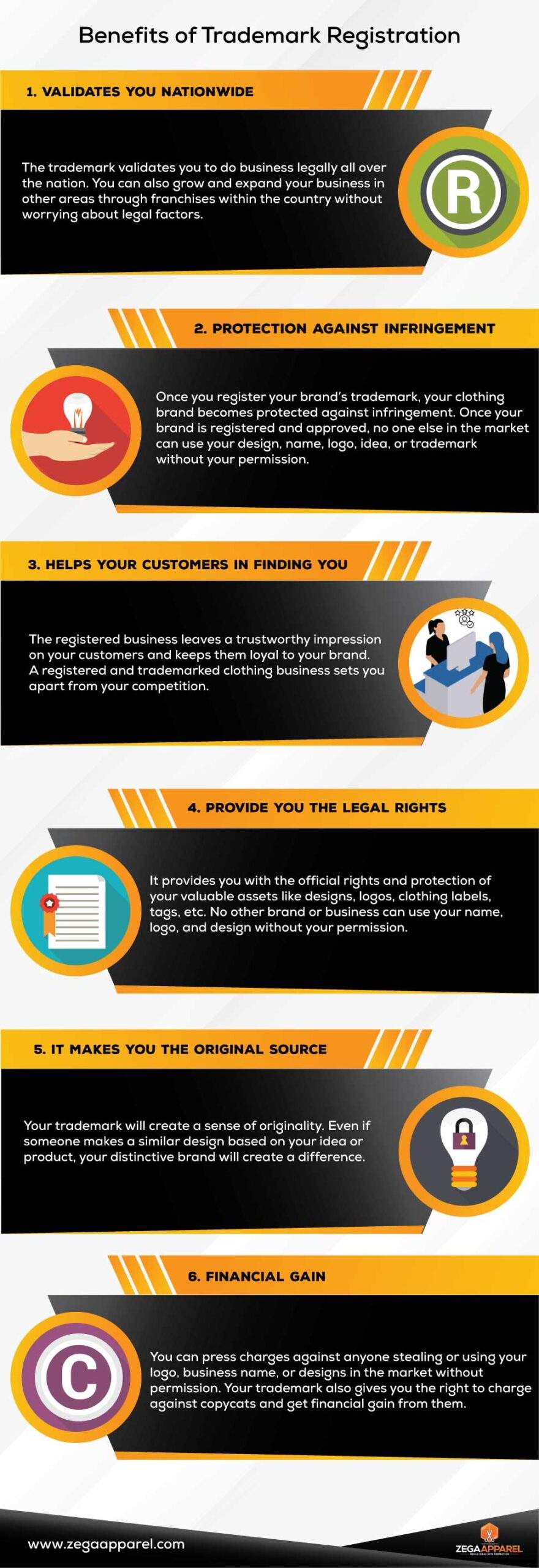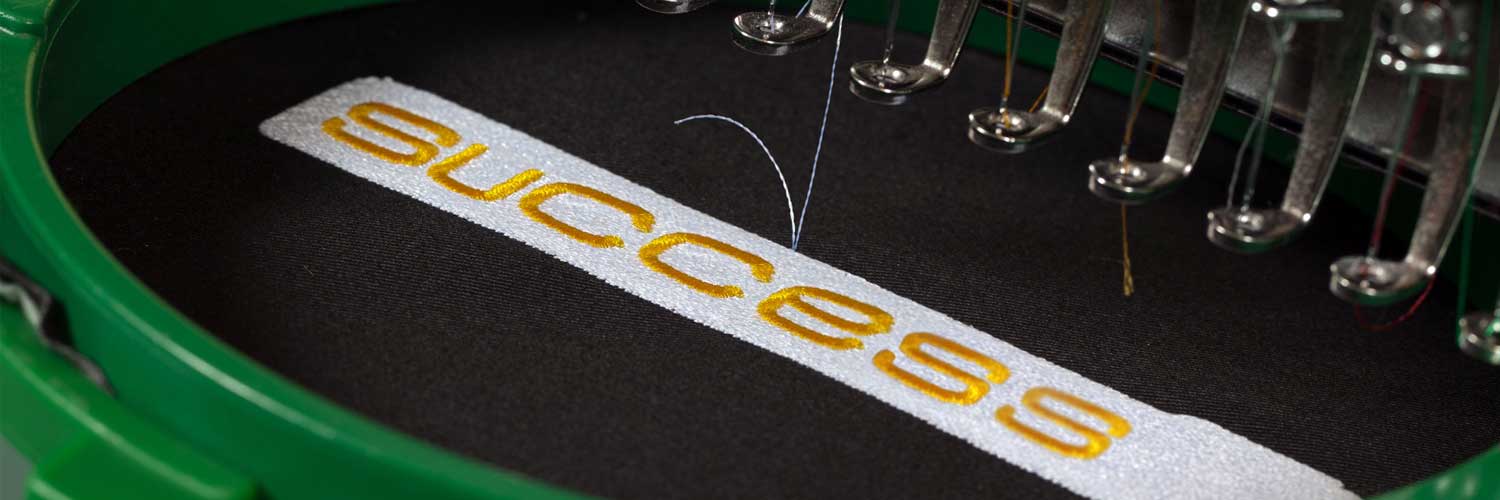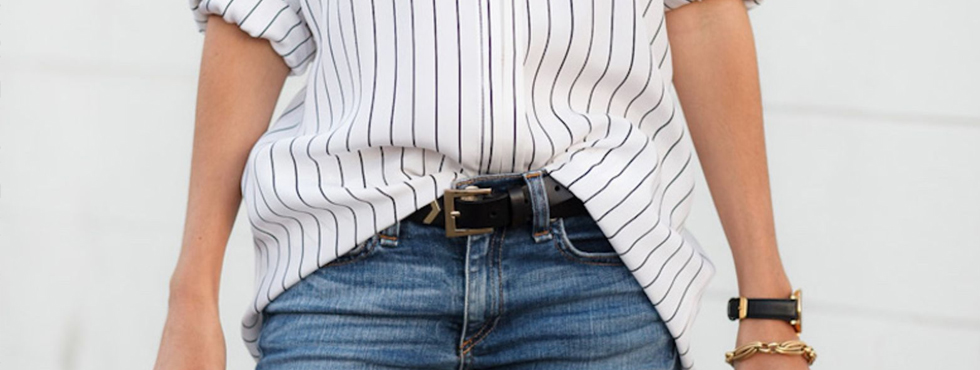Since the last decade, hoodies and sweatshirts have become iconic attire worldwide. The love for both the best hoodies and sweatshirts is never-ending. Regardless of gender, design, or structure, hoodies and sweatshirts are loved by all.
Whether you want to stay warm or think of wearing something that could make a fashion statement, the hoodies are the right apparel that brings both. Taking about the facts, just in the year 2022, jerseys, hoodies, and sweatshirts only make up a business of 124 billion in the USA.
The best hoodie is the one that provides maximum comfort and durability, keeps you warm, protects you from rain, and also has an attractive visual appearance. It’s the fabric of the hoodie that adds the difference in factors.
The Importance of Choosing the Right Hoodie Fabric
The fabric comes in contact with the body, so using a premium, soft, durable fabric for hoodie manufacturing is crucial. “Comfort is key.” The phrase is accurate when it’s about hoodies and sweatshirts.
You might realize the importance of fabric when you open your wardrobe daily and choose clothes by feeling its material to see if it’s comfortable and durable enough to get you through the day. The suitable fabric for the hoodie can add a huge difference to your clothing line.
There are different fabrics for different situations, such as hoodies for gym demands moist-wicking features in the materials. Conversely, casual or formal events require an elegant, comfortable, and visually appealing fabric. A professional custom hoodie manufacturer will educate you about all the features of materials that are important to hoodies and help you make the right decision for your clothing line needs.
The Key Factors That Are Important to Make Your Clothing Line A Success
A couple of factors are very significant to consider before you choose the fabric for manufacturing your hoodie line. These factors help determine the fabric’s quality and help you ensure that the material is the right pick for you.
Before you choose a fabric for a hoodie, here are some factors that you must consider:
-
Durability
One of the most important things for every clothing product is the fabric’s durability. As hoodies are casual wear attire, a fabric must be durable to withstand quickly daily wear and tear situations. Also, it should hold out against the washes while not losing the potential of the fabric. It should easily survive for 1.5-2 years.
-
Warmth
Since it’s the main feature of the fabric, you must check that the material you choose is warm enough to keep you warm and comfortable during winter. You can quickly determine the thickness of the material through its GSM. The more GSM, the thicker the material is. Here is a breakdown between minimum GSM for different seasons hoodies:
- For winter season: 350-400 GSM
- For Spring/ autumn season: 250- 300 GSM
- For the Summer, hoodies are less common, but GSM less than 250 would be suitable for summers.
-
Comfort
Another essential factor to find is if a hoodie is uncomfortable, customers won’t like to wear it if it’s not. So, choosing a fabric that produces a comfortable hoodie line is essential. Aim to select a material that doesn’t limit body movement and provides a complete balance between comfort, cozy, fitness, and body movement.
-
Your design print
Choosing the hoodie fabric type also depends on the design that needs to be printed over it. Some of the design looks best over cotton fabric, some linen, and some on polyester. Before choosing the hoodie fabric, deciding whether you want a custom screen-printing transfer, digital printing, or embroidery and other printing methods hoodie line is essential.
The Best Fabric Options for Hoodies Manufacturing
-
Cotton

Cotton is a popular fabric for manufacturing most niche attires, including hoodies and sweatshirts. Cotton is good at absorbent features, offers fantastic breathability, and ensures softness when worn. The cotton is lightweight and drapes well, making it a perfect fabric for summer hoodies.
Not irritating to the skin, cotton is one of the best fabrics for good quality and comfortable hoodies and sweatshirts for teens. The cotton fabric is suitable to produce a hoodie line for gym visits, casual wear, sports activities, or other hoodies.
Key Features:
- Soft and breathable.
- Natural fabric.
- Absorbent material.
- Dye and print-friendly.
- Comfortable for everyday wear.
Pros:
- Comfortable in various temperatures.
- Easily customizable with prints and designs.
- Biodegradable and eco-friendly.
- Suitable for sensitive skin.
Cons:
- Prone to shrinking if not pre-shrunk.
- It can wrinkle easily.
-
Polyester

Polyester, a synthetic material, is another popular option for making different attire lines. Polyester is pretty popular because of its versatile features and high durability. Hoodies and sweatshirts made from polyester fabrics tend to be durable and resilient. Also, the polyester fabric is wrinkle-resistant.
One thing you need to take note of is that polyester fabric is not good at water absorption. 100% polyester isn’t used in manufacturing any clothing product. It is usually blended with other materials such as cotton, rayon, etc. The highlighting feature of polyester fabric is that it’s super stretchy, so if you want a stretchy hoodie or sweatshirt to fit any body size, then polyester is suitable for you.
Also, polyester fabric is not easy to shrink and comes relatively cheaper than cotton hoodies. Partner up with an expert clothing manufacturer to personalize your hoodies.
Key Features:
- Synthetic fabric.
- Durable and long-lasting.
- Moisture-wicking and quick-drying.
- Resistant to wrinkles.
- Retains color well.
Pros:
- Ideal for activewear and sports hoodies.
- Low maintenance and easy to care for.
- Lightweight and resistant to stretching.
- Stain-resistant.
Cons:
- Less breathable than natural fabric.
- It may feel less soft on the skin.
Also Read: How To Choose The Right Printing Methods
-
Fleece
- Warm and insulating.
- Soft and plush texture.
- Usually made from synthetic materials.
- Excellent heat retention.
- Often used in cold-weather garments.
- Provides exceptional warmth.
- Lightweight and comfortable.
- Suitable for casual and outdoor wear.
- Dries quickly.
- Can pill or shed over time.
- It’s not as breathable as some fabrics.
-
Nylon
- Warm and insulating.
- Soft and plush texture.
- Usually made from synthetic materials.
- Excellent heat retention.
- Often used in cold-weather garments.
- Provides exceptional warmth.
- Lightweight and comfortable.
- Suitable for casual and outdoor wear.
- Dries quickly.
- Can pill or shed over time.
- It’s not as breathable as some fabrics.
-
French Terry
- Smooth surface with looped underside.
- Soft and breathable.
- Ideal for lightweight and comfortable hoodies.
- Often used for athleisure wear.
- Offers good moisture management.
- Comfortable for casual wear.
- Suitable for layering.
- Provides good insulation without being too heavy.
- Allows for ease of movement.
- Durability can vary based on quality.
- It may not be as warm as fleece in colder weather.
-
Wool
- Natural insulator.
- Moisture-wicking and odor-resistant.
- Provides exceptional warmth.
- Regulates body temperature effectively.
- Excellent warmth even in extreme cold.
- Luxurious and soft texture.
- Naturally breathable.
- Resistant to wrinkles.
- It may require special care (dry cleaning).
- It can be itchy for some wearers.
-
Rayon
- Made from wood pulp.
- Soft and breathable.
- Offers a silky feel and drape.
- Lightweight and comfortable.
- Suitable for lightweight and breathable hoodies.
- It drapes well and has a luxurious appearance.
- Comfortable for warm weather.
- Good moisture absorption.
- It can be blended with other fabrics for added benefits.
- Prone to wrinkles.
- It may not be as durable as some other fabrics.
-
Jersey knit
- Made from wood pulp.
- Soft and breathable.
- Offers a silky feel and drape.
- Lightweight and comfortable.
- Suitable for lightweight and breathable hoodies.
- It drapes well and has a luxurious appearance.
- Comfortable for warm weather.
- Good moisture absorption.
- It can be blended with other fabrics for added benefits.
- Prone to wrinkles.
- It may not be as durable as some other fabrics.
-
Sweatshirt knit
- Made from wood pulp.
- Soft and breathable.
- Offers a silky feel and drape.
- Lightweight and comfortable.
- Suitable for lightweight and breathable hoodies.
- It drapes well and has a luxurious appearance.
- Comfortable for warm weather.
- Good moisture absorption.
- It can be blended with other fabrics for added benefits.
- Prone to wrinkles.
- It may not be as durable as some other fabrics.

Fleece is like a king fabric for hoodies and sweatshirt manufacturing. Keeping your body retained by heat, the material ensures that you feel a luxurious, soft, and comfortable wearing experience. The fleece fabric is soft and water-absorbent, so you don’t need to worry about changing it if wet.
Manufacturing fleece hoodies is a sustainable manufacturing method since the fleece fabric is produced from plastic transformed into polyester fabric. You can also use a blend of natural materials to enhance the natural features of the fabrics.
The fabric feels soft and snuggly to the touch, making it an excellent material to wear on winter days. To maintain the body’s balance, the fabric traps the body heat and blocks the cold just as thick hoodies should.
Key Features:
Pros:
Cons:
Nylon is another synthetic fabric with good durability, breathability, and strength. Since the fabric is a bit thick, it offers a strong resilience from the cold winter winds. Generally, casual or party wear hoodies or sweatshirts for teens are manufactured using nylon fabric.
The nylon fabric reflects a shiny look and a pleasing drape, adding style to the materials. The nylon fabric is best for rainy weather as it has good water penetration features. One thing that you need to note is that nylon offers less breathability as compared to the other fabrics.
All in all, if you are searching for a shiny, glossy fabric with a good fall, then nylon is the right fabric type for you.
Key Features:
Pros:
Cons:
 Another luxury fabric is French terry, widely used in the fashion industry to manufacture hoodies and sweatshirts for teens. The French terry fabric is also known as the toweling fabric because of its soft and comfortable features.
Another luxury fabric is French terry, widely used in the fashion industry to manufacture hoodies and sweatshirts for teens. The French terry fabric is also known as the toweling fabric because of its soft and comfortable features.
The fabric is thick and warm but breathable, so it is recommended to use with winter clothing lines. Features like good water absorption features and resilience make it a good fabric for manufacturing comfortable sports hoodies.
The French terry blended with polyester is less comfortable than cotton blends but offers good durability and stability in the final hoodies or sweatshirts.
Key Features:
Pros:
Cons:
 Wool is a thick fabric compared to other fabrics, and traditionally, wool fabric is used to manufacture sweaters for winter. But since the fleece has taken over the market, the wool fabric demand has decreased slightly. But still, in some of the most incredible areas where temperatures are high, people wear a hoodie or sweater made of wool fabric.
Wool is a thick fabric compared to other fabrics, and traditionally, wool fabric is used to manufacture sweaters for winter. But since the fleece has taken over the market, the wool fabric demand has decreased slightly. But still, in some of the most incredible areas where temperatures are high, people wear a hoodie or sweater made of wool fabric.
Wool fabric features are soft, comfortable, natural, strong, and durable. Additionally, it has built-in resilience against fire and water and can withstand wear and tear situations. Sometimes, consumers complain about wool fabric being a bit uncomfortable compared to other materials, so that might be a compromise you must make if you choose wool as your fabric.
Key Features:
Typically used for premium and winter hoodies.
Pros:
Cons:
Down our list, we have rayon fabric, which is a semi-synthetic fabric that has pretty much capabilities in it. The material has natural features like lightweight, resulting in the best lightweight hoodies, breathability, a comfortable wearing experience, and its ability to absorb moisture.
Being a semi-synthetic fabric, the rayon blocks the mold and bugs. Moreover, blending in with other materials like polyester, spandex, or others from the synthetic farm can be a good match. Usually, the blend of the rayon fabric and the rayon fabric produces an excellent, super stretchy hoodie or sweatshirt. This blend is commonly used by the manufacturers as well.
Key Features:
Pros:
Cons:

Jersey knit fabric is another popular fabric widely used for soft sweatshirt manufacturing. The jersey knit fabric is born stretchy, resulting in the best stretchy hoodies and sweatshirts for men and women. Being stretchable, the fabric will provide maximum support on your long hikes or in extreme jogging sessions.
One thing you must note is that as this fabric possesses stretchable features, they are not very good at holding structures. To ensure a firm holding structure, you can blend natural material. Generally, the jersey fabric knit is a more suitable option to create a causal fitted hoodie or sweatshirt line.
Key Features:
Pros:
Cons:

As the name says, the sweatshirt knit is a dedicated fabric for manufacturing cotton or polyester sweaters. The sweatshirt knit comes with different blending options, and you can blend it with cotton or synthetic material. You got a couple of cut-and-sew manufacturing as well.
The hoodies or sweatshirts manufactured from this fabric offer a moderate stretching level and give you a good fit for the day. And you don’t need to worry about the fabric hugging your body as well. Also, the sweatshirt fabric is easy to cut and sew, providing limited customization options for your fabric line.
Key Features:
Pros:
Cons:
Wrapping up
Now that we know what features and quality each fabric offers, the battle comes with the best material, cotton or polyester. The cotton hoodie fabric is a natural and sustainable fabric with a lightweight structure. One thing that comes as an advantage in cotton is that they are comfortable for all time, while polyester fabric might irritate you after a couple of hours.
At the same time, the cotton fabric is more expensive than polyester. When it comes to printing, polyester fabric is easy with heat transfer printing and screen printing. Conversely, cotton hoodies are pretty handy with all types of printing methods. That’s all.

